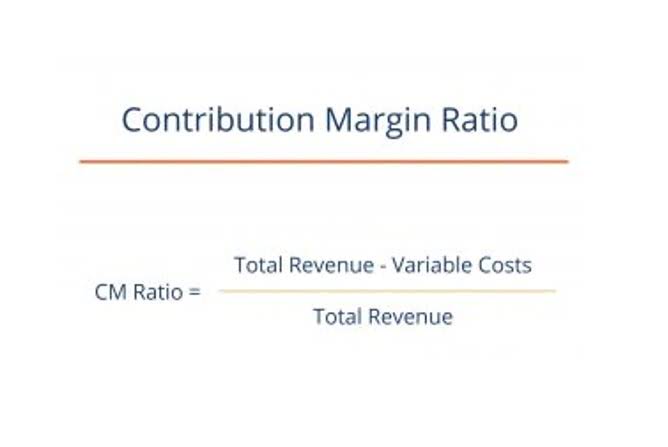
Accounts receivable days is the average number of days credit taken by customers, and can be calculated using our accounts receivable days calculator. A shorter operational cycle is preferable since the firm has adequate cash to keep operations running, recoup investments, and satisfy other commitments. In contrast, a company with a longer OC will require more capital to keep operations running. A shorter cycle is preferred and indicates a more efficient and successful business.
- The NOC computation differs from the first in subtracting the accounts payable period from the first because the NOC is only concerned with the time between purchasing items and getting payment from their sale.
- While the prices of products sold may be seen in the company’s income, you can also see them on the business’s balance sheet.
- A related concept is that of net operating cycle which is also called the cash conversion cycle.
- A financial professional will offer guidance based on the information provided and offer a no-obligation call to better understand your situation.
The more effective they are, the greater the probability that a business can collect cash from its accounts receivable quickly. A business that solely does cash sales doesn’t have to mind this measurement. Some inventory naturally takes a long time to sell though such as cars and other capital assets.
What is the operating cycle?
Chartered accountant Michael Brown is the founder and CEO of Plan Projections. He has worked as an accountant and consultant for more than 25 years and has built financial models for all types of industries. He has been the CFO or controller of both small and medium sized companies and has run small businesses of his own. He has been a manager and an auditor with Deloitte, a big 4 accountancy firm, and holds a degree from Loughborough University. One example would be to decrease the amount of inventory your company holds.
While both are useful and provide vital knowledge, a cash cycle allows businesses to understand how well they manage cash flow, whereas an operating cycle determines the efficiency of the operation. On the other hand, companies that sell products or services that do not have shorter life spans or require less inventory tend to be less efficient in terms of operational processes. Length of a company’s operating cycle is an indicator of the company’s liquidity and asset-utilization.
Our Services
Upgrading to a paid membership gives you access to our extensive collection of plug-and-play Templates designed to power your performance—as well as CFI’s full course catalog and accredited Certification Programs. Access and download collection of free Templates to help power your productivity and performance.
For example, if a business has a short operating cycle, it indicates it will get payments at a consistent pace. The sooner the company makes cash, the more quickly it will be able to pay off any outstanding obligations or expand its business. This is calculated by dividing 365 with the quotient of cost of goods sold and average inventory or inventory turnover.
Operating Cycle FAQs
A related concept is that of net operating cycle which is also called the cash conversion cycle. The net operating cycle subtracts the days a company takes in paying its suppliers from the sum of days inventories outstanding and days sales outstanding. The third phase is accounts receivable turnover days, when the firm is evaluated on how quickly it can collect money for its sales. As previously stated, the operational cycle is complete when all of these processes are completed.

In this scenario, the operational cycle will not be complete till they make all pieces of clothing, sell them, and receive complete payment from the client. A cash cycle shows the businesses how they may control their working capital. In contrast, an operating cycle assesses the effectiveness of the operations, yet they are both beneficial and offer essential knowledge. The operating cycle should be regularly monitored to ensure that it is at appropriate levels for the industry, and that the level is not rising. To help with this our financial projections template, calculates the operating cycles on the ratios page. The operating cycle is the time in days between buying inventory from a supplier and receiving the cash from the sale of that inventory from a customer.
How does operating cycle relate to a company’s financial health?
Such an issue could stem from the inefficient collection of credit purchases, rather than being due to supply chain or inventory turnover issues. An Operating Cycle (OC) refers to the days required https://www.bookstime.com/ for a business to receive inventory, sell the inventory, and collect cash from the sale of the inventory. This cycle plays a major role in determining the efficiency of a business.
A high-speed current source for magnetorheological applications … – Nature.com
A high-speed current source for magnetorheological applications ….
Posted: Mon, 16 Oct 2023 09:12:16 GMT [source]
The Operating Cycle is calculated by getting the sum of the inventory period and accounts receivable period. Considered from a larger perspective, the operating cycle affects the financial health of a company by giving them an idea of how much its operations will cost, as well as how quickly it can pay its debts. When operating cycle formula there is a significant different between current ratio and quick ratio, it is useful to study the operating cycle and cash conversion cycle to ascertain whether the company’s funds are less-profitable assets. The operational cycle is significant because it may notify a business owner how soon goods can be sold.
Additionally, the company can use it to assess how effectively and efficiently processes are carried out. Even though a firm’s operating cycle depends on the market, understanding it is helpful when comparing it to other businesses in a similar sector. Furthermore, an operating cycle also helps in attracting more investors to your company. The operating cycle of a particular company is the number of days it takes to convert its stocks (raw materials and trade goods) into cash. It starts with purchasing Raw materials, manufacturing into processed products and packaging, distribution and Sales, and finally, a cash collection against Trade receivables.

